Research: Aesthetics & learning
Why Aesthetics?
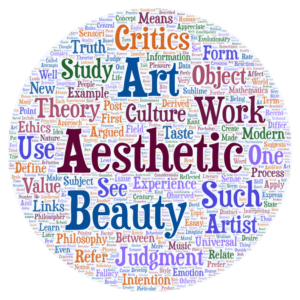
A child’s first experience, of peeking through a telescope to see the vivid sharply etched, yet fragile, rings of Saturn is a powerful one; perhaps as powerful as standing amidst redwood trees listening to the sound of wind rustling through the leaves or experiencing a moment of clarity when an elegant geometrical proof, surprising in its simplicity, emerges from a chaos of sketches and doodles. It is in this sense of awe and wonder that our minds nibble at confronting powerful ideas such as infinity (whether the infinity of numbers, or the interminably large scale of the cosmos, or the immeasurably small universe of cells and atoms and quarks). The emotional turbulence that overwhelms us when we reflect on nature, truly understand a scientific idea, or solve a tricky mathematical or engineering problem often leads to powerful aesthetic experiences. These experiences, we argue, are no different or less than the aesthetic experience we have in engaging with powerful artistic human creations, be it music or the visual arts.
That said, the role of the aesthetic has often been ignored in the discussion on learning. And I truly believe that is a huge mistake on our part.
On designing aesthetic educational
experiences in science
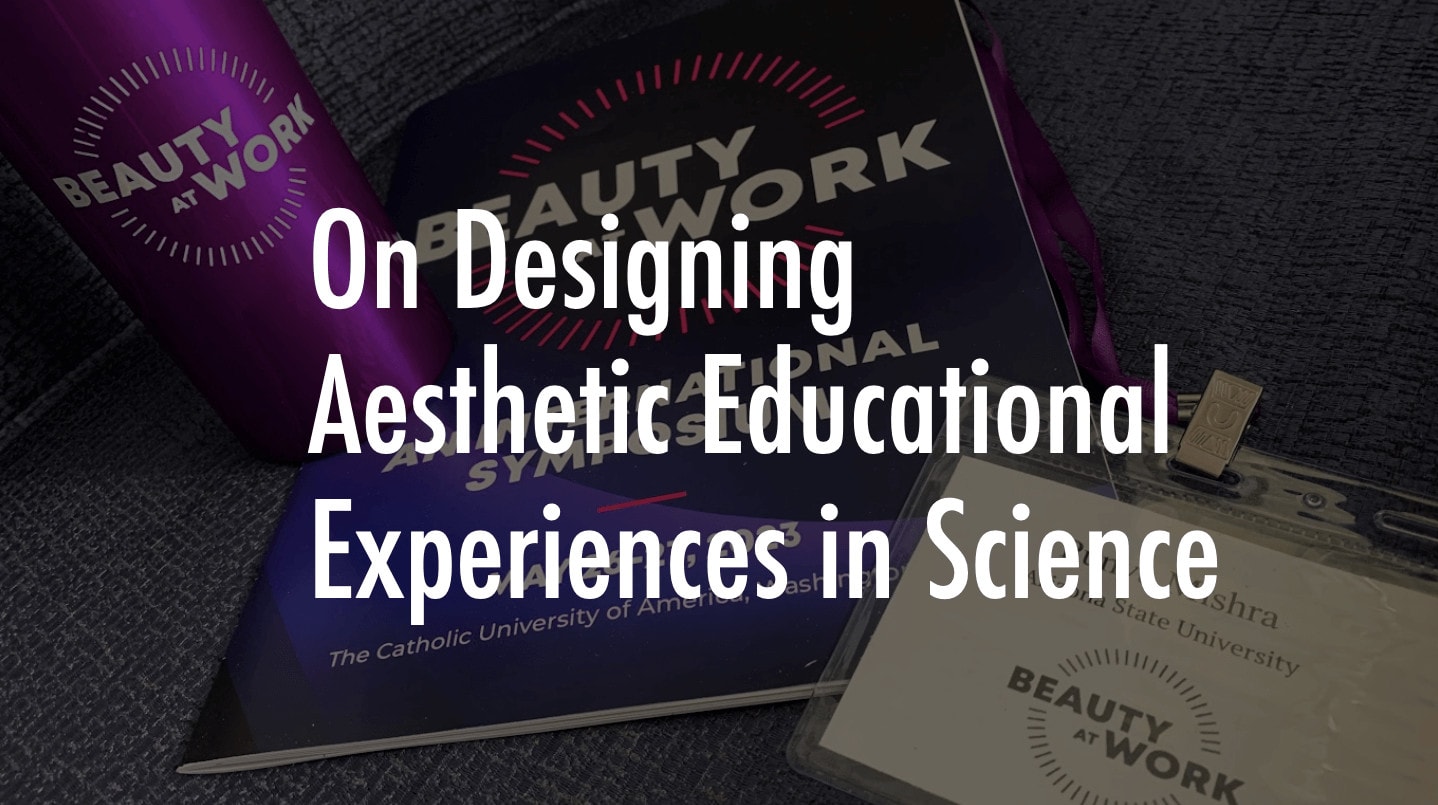
I was invited to give a presentation on this topic at conference titled Beauty at Work: An International Symposium at the Catholic University of America, in Washington DC (May 2023). I was part of a session on Aesthetic Properties and Scientific Information, along with Myron Penner (a philosopher of science from Trinity Western University); Amanda Nichols (professor of chemistry from Oklahoma Christian University); Milena Ivanova (from Fitzwilliam College, Cambridge); and Rebecca Kamen (artist in residence at the University of Pennsylvania). More details about the conference and a video of my talk (On designing aesthetic educational experiences in science) can be found here.
Aesthetics & coding
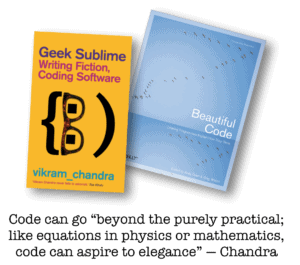
Does beauty have a role to play in learning to code? Can code aspire to beauty and elegance? In this article (Good, Keenan, & Mishra, 2016, titled Education:=Coding + Aesthetics), we argue that it does and it should.
Mathematical poetry
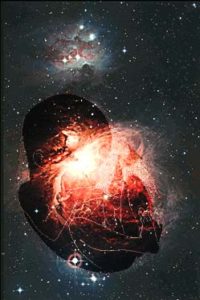
What does mathematics have to do with poetry? Not much, at one level, but a lot at another. Though their goals may be different, both mathematicians and poets play with structure and form, seek elegance and parsimony in their work. And in their own way they strive for truth and beauty—defined within the rules and structures of their discipline. I have loved both mathematics and poetry – with little or no success in each. But over the years I have played little games with both and some of these explorations are presented here.
Why aesthetics is essential (for science education)
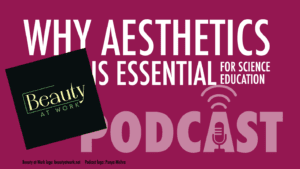
Beauty at Work is a podcast that “explores how beauty shapes our lives and the work that we do” hosted by Brandon Vaidyanathan, Associate Professor of Sociology at The Catholic University of America. In its first season the focus is on beauty in science. As part of this series, Brandon has spoken with physicists, philosophers, psychiatrists, neuroscientists, entrepreneurs, psychologists and more. I was lucky to be a guest on this podcast, in an episode titled: Why Aesthetics is Essential for Science Education.
Why Teachers should care about beauty
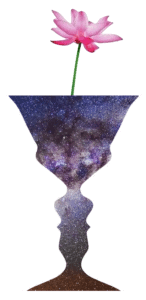
In the article for the journal iWonder (Why teachers should care about beauty in science) – we explored the role of beauty in science education. In this piece, targeted at science educators, we use research in science education to highlight the importance of teachers consciously making connections to aesthetic aspects of science. Caring about beauty in science can inspire a sense of wonder and curiosity.
Aesthetics and STEM education
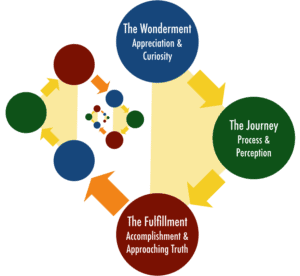
Developing a Rhetoric of Aesthetics: The (Often) Forgotten Link Between Art and STEM is an article that digs into these ideas in depth. In essence, this article is an extended argument that builds on several lines of work including philosophy, psychology, history and biography, in order to promote a model of learning based on aesthetic ways of knowing, thinking, and exploring the world. This emphasizes key impulses that make us human. We provide a generative three-fold fractal framework that seeks to capture the entire cycle of engaging in STEM practices: from curiosity to the process of seeking answers, to a sense of completion that in turn leads to new curiosities to explore. We suggest that this leads to a powerful virtuous cycle that seeks to maintain the same sequence at different levels of learning—from the beginner to the professional scientist, mathematician, or engineer.
Of Art & algorithms
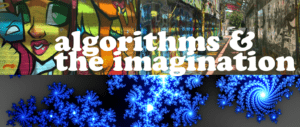
In a couple of articles (most importantly Mishra & Yadav, 2013 and Evans, Henriksen, & Mishra, 2019) we argue that the partnership of deep human content knowledge with new technological advances can lead to deeper and more profound creative insights. We explore how computational thinking, combined with deep knowledge of a discipline, can lead to creative solutions that could not have been possible before. Thus the creative output is not determined by only the individual or the technology, but rather through a “partnership” between the two.
Blog posts related to aesthetics, beauty and learning
Measuring what matters: A convening
All of us involved in social design (and I include education in among those as well) ask ourselves, or are asked this question: How do we measure the impact of the work we do? This begs the question, why measure in the first place? Lord Kelvin, one of the greatest...
Facilitating collaborative design: New publication
Essential tensions in design. Image designed by Punya Mishra Design facilitators play an important role in the open-ended collaborative design process. This becomes even more important as design based approaches expand to groups and teams that may not be as familiar...
Words & Worlds with Kij Johnson
Kij Johnson, an award- winning author, editor, and Associate Professor in the University of Kansas’s MFA in Creative Writing program. In her teaching Kij brings some serious credibility as an artist, scholar, and all-around “uber-geek.” Kij has published three novels,...
Reflections
- afternoon walklingering on the shore linetime for reflection - - Reflections © Punya Mishra. All photos taken with my iPhone, over the years. (published 2/27/20, revised with new photos 3/16/20) On Reflection: Haiku by Catherine from her website: Still Standing on...
My journey through design: Keynote at IDC
Design is core to my identity, to who I am. Education is the space within which I function but I try to approach everything I do as a designer. This was not always the case. Back in 1984, I had just graduated with an undergraduate degree in engineering, and if there...
Pragmatic yet hopeful: Talking creativity with Barbara Kerr
Dr. Barbara Kerr is Distinguished Professor of Counseling Psychology, and is co-director of the Center for Creativity and Entrepreneurship in Education at the University of Kansas. She utilizes innovative counseling and therapy approaches to better understand the...
Fibonacci’s Poem
Fibonacci’s PoemDecember 10, 2019 (!)OneWordIt startsSlow but sureExpanding out numerically, adding moreMarching forward, doing the math, not asking why Knowing the ratio of words, in this line and previous, will equal Phi!A number, elegant, emergent, magical; found...
A cosmologist worries (about infinity)
A cosmologist worries (about infinity)December 2019 They cannot scare me with their empty spacesBetween stars--on stars where no human race is.I have it in me so much nearer homeTo scare myself with my own desert places.~ Robert Frost, Desert Places A cosmologist,...
Perspective Taking on creativity with Vlad Glaveanu
Dr. Vlad Glaveanu, is Head of the Department of Psychology and Counseling at Webster University, Geneva; Associate Professor at Bergen University, and Director of the Webster Center for Creativity and Innovation. He co-edits the book series Palgrave Studies in...
Happy Thanksgiving
A new design for my favorite holiday of the year. See animated version below. Enjoy Previous designs can be found here and here.
Words in 3 Dimensions
A few weeks ago I started doodling words in 3 dimensions, for no particular reason, and before I knew it I had a bunch of interesting designs. Here is a sample: A bit of goofing around with Keynote and some royalty free music from Kevin McLeod, and I had a little...
Meta Poetry: I and II
This sentence refers to itself. This sentence declares that this blog post is about 2 poems I wrote recently. Both these poems are self-referential to some degree, namely both poems are about poetry. I have been interested in self-reference for along time—and this...
Creativity in Teaching & Learning @ Mizzou
I was recently invited to conduct a workshop for the Celebration of Teaching Conference at the University of Missouri around Creativity in Teaching and Learning. This was my first time at Columbia, MO and the conference organizers were wonderful. I did two versions of...
The Theater of Creativity
Dr. Tatiana Chemi is assistant professor and researcher at Aalborg University, Denmark. She has a background in theater that gives her an unique perspective on creativity, the creative processes and the contexts that allow creativity to flower. In her research she...
Creativity is greatly valued: A poem
Creativity is greatly valuedCreativity is greatly valued For his sharpness His ability to look beyond The surface And willingness to Give it a shotTo break Out of the box The cubicle And jump When the towers burnt Who knew Box cutters Had...
